Health and Wellness Trends
The growing emphasis on health and wellness is a significant driver for the Personal Cooling Device Market. Consumers are increasingly aware of the impact of heat on their overall well-being, leading to a heightened interest in products that promote comfort and health. Personal cooling devices are being recognized not only for their ability to provide relief from heat but also for their potential to enhance productivity and improve sleep quality. Market Research Future indicates that individuals who experience discomfort due to heat are more likely to seek out personal cooling solutions, particularly in work and sleep environments. This trend aligns with the broader movement towards holistic health, where consumers prioritize products that contribute to their physical and mental well-being. As a result, the market for personal cooling devices is expected to expand, driven by the intersection of health consciousness and technological innovation.
Rising Temperatures and Climate Change
The Personal Cooling Device Market is experiencing a surge in demand due to rising temperatures attributed to climate change. As average global temperatures continue to increase, consumers are seeking effective solutions to combat heat. Reports indicate that the average temperature has risen by approximately 1.2 degrees Celsius since the late 19th century, leading to more frequent and intense heatwaves. This trend is likely to drive the adoption of personal cooling devices, as individuals look for portable and efficient ways to stay cool. Furthermore, the increasing awareness of heat-related health risks, such as heat exhaustion and heat stroke, is prompting consumers to invest in personal cooling solutions. The market is projected to grow significantly, with estimates suggesting a compound annual growth rate of over 10% in the coming years.
Urbanization and Increased Heat Exposure
The ongoing trend of urbanization significantly influences the Personal Cooling Device Market. As more individuals migrate to urban areas, they are exposed to the urban heat island effect, where cities experience higher temperatures than surrounding rural areas. This phenomenon is exacerbated by the concentration of buildings, vehicles, and human activity, leading to increased demand for personal cooling solutions. Data indicates that urban populations are expected to reach 68% by 2050, further intensifying the need for effective cooling devices. Consumers in densely populated areas are likely to prioritize personal cooling devices to mitigate discomfort and health risks associated with extreme heat. Consequently, manufacturers are focusing on developing products tailored to urban lifestyles, which may include compact and portable cooling solutions that can be easily used in various settings.
Technological Innovations in Cooling Devices
Technological advancements play a pivotal role in shaping the Personal Cooling Device Market. Innovations such as improved battery life, energy efficiency, and smart technology integration are enhancing the functionality and appeal of personal cooling devices. For instance, the introduction of wearable cooling technologies, such as vests and neck fans, has gained traction among consumers seeking convenience and portability. Additionally, advancements in materials science have led to the development of lightweight and breathable fabrics that enhance the cooling effect. Market data suggests that the segment of wearable cooling devices is expected to witness substantial growth, with projections indicating a market size increase of over 15% by 2027. These innovations not only cater to consumer preferences but also align with the growing demand for sustainable and eco-friendly cooling solutions.
Increased Disposable Income and Consumer Spending
The rise in disposable income across various demographics is positively impacting the Personal Cooling Device Market. As consumers experience an increase in their financial capacity, they are more inclined to invest in comfort-enhancing products, including personal cooling devices. This trend is particularly evident in emerging markets, where a growing middle class is seeking affordable yet effective cooling solutions. Market data suggests that regions with rising disposable incomes are witnessing a surge in demand for personal cooling devices, with sales projected to increase by over 20% in the next five years. Additionally, the willingness to spend on innovative and high-quality products is likely to drive competition among manufacturers, leading to a broader range of options for consumers. This dynamic is expected to further stimulate growth in the personal cooling device sector.


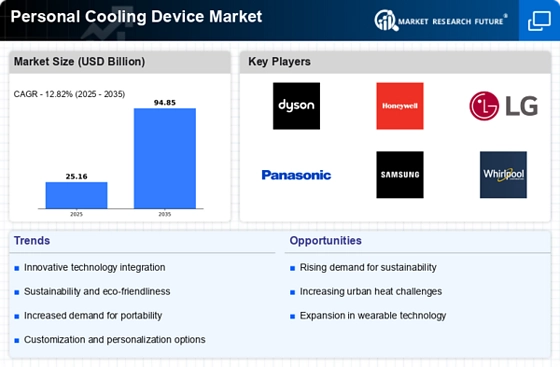
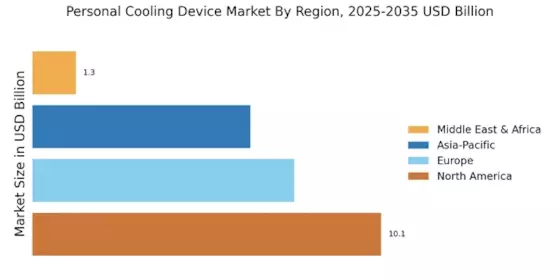
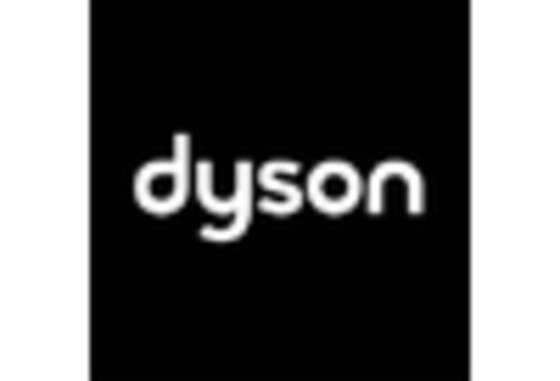


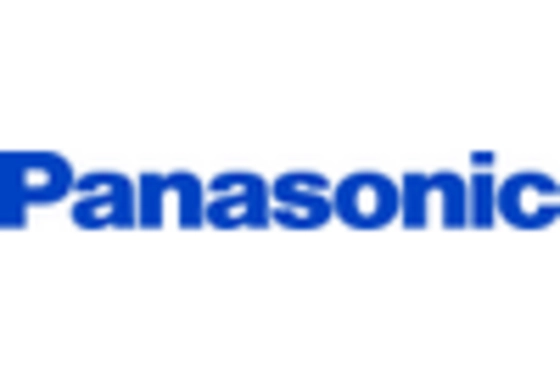

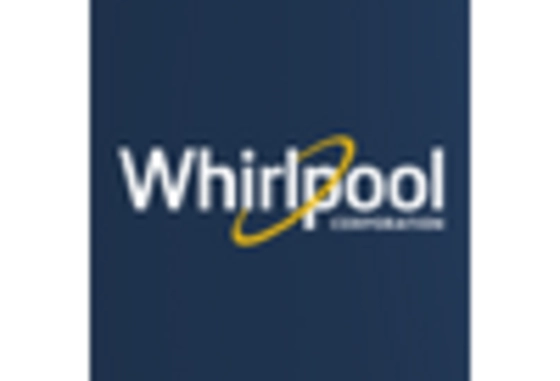








Leave a Comment